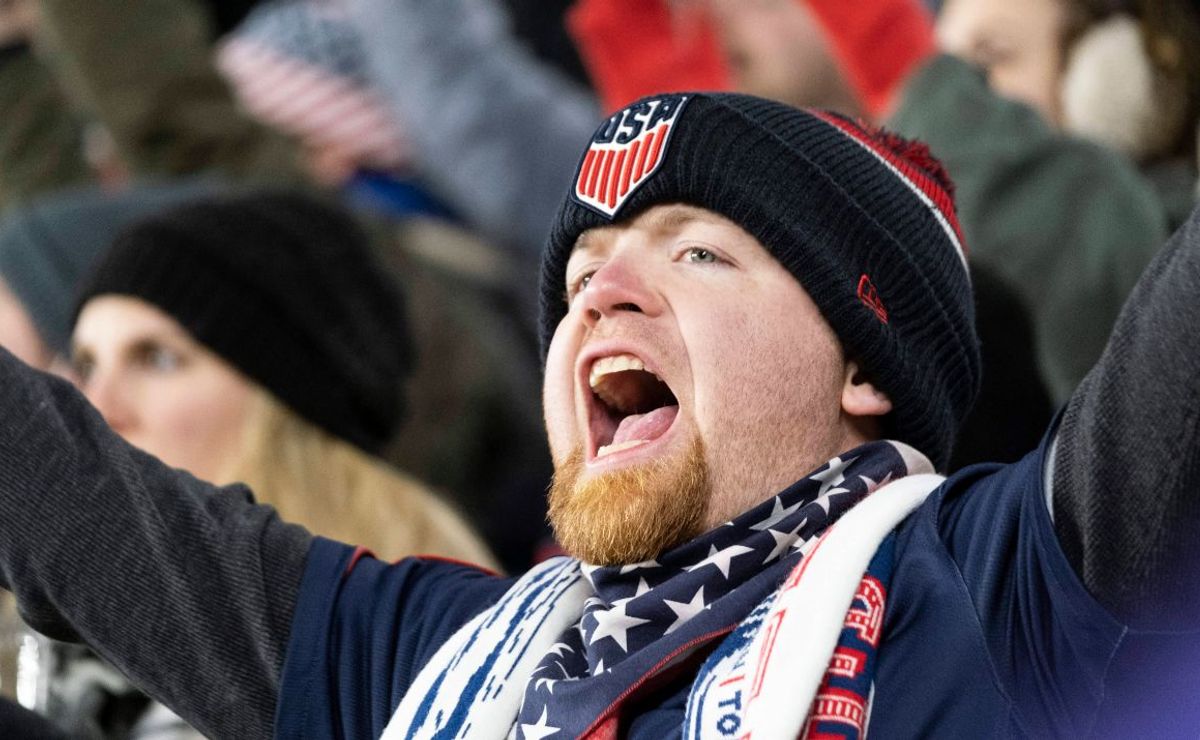The Netherlands knocked the USA out of the World Cup group stage, but the party isn’t over for American soccer fans. We still have a lot to celebrate.
We have the joy of watching the remaining superstars and rising stars battle it out on the field. And who doesn’t love the multicultural pageantry of the fans, draped in all manner of feathers, face paint and crowns, as they sing, drum and cheer? Not to mention the balm of international pluralism on display around the world, all too rare in our polarized world.
The power of fanaticism
But most importantly for soccer fans living on American soil is this: In a country where American football and basketball usually reign supreme, until the last whistle blows on December 18, world soccer takes center stage. And you, dear soccer fan, have the power.
What power, you ask? The power of fanaticism.
Five years ago my friend Dave Sikorjak and I undertook a quest to understand how sports fandom works, the results of which appear in our new book Fans Have More Friends.
What drives a person to get up at 5 in the morning on a weekday to watch a game played on the other side of the world? Team loyalty? Maybe. Passion for the game? In a degree. Connection with other fans? Absolutely.
The number one fandom engine is belonging. It is the incentive for all fans to participate.
What the research shows
According to our research, sports fans function as a social superconductor, allowing fans to make meaningful connections and deepen existing ties with others. These connections span team loyalties and social categories such as age, race, national origin, class, religion, and gender.
Nowhere do we see this more clearly than among global soccer fans. Put a football fan in any taxi in Sao Paulo, St Louis or Stockholm and a single mention of Leo Messi’s name will spark an exciting conversation. Stop at a sports bar with a World Cup game on and you’ll meet a veritable United Nations of fans.
What does this connection mean for the fans? For starters, fans have more friends. On average, a non-fan has 21.1 friends, while sports fans have an average of 35.6 friends. Fans also report that they “highly value” these friendships more than non-fans. Sports also give fans more opportunities to bond with these friends; non-fans average 204 social interactions per month, while the most active fans average 454 interactions.
Positive fandom impacts
All of these interactions have a powerful impact on the lives of fans.
Among highly engaged sports fans, 61% strongly agree that they “feel close to people,” compared to 37% of non-fans. In fact, across five markers of well-being (happiness, satisfaction, optimism, gratitude, and confidence), people’s overall well-being scores increase as their participation in sports increases.
Most fans recognize that sports knowledge is social capital waiting to be spent. Typically, in the US, a moderately interesting version of an NFL matchup will generate greater social benefits at the company’s Christmas party than your most impressive analysis of the Premier League.
But not during the World Cup season. This, my friends, is our time to shine.
Co-workers swept up in World Cup mania? Share what you know about the upcoming game. Do you see your neighbor wearing the Brazil shirt? Start a conversation and see where he goes. Friends taking a new interest in the game? Invite them to watch a party and grow your soccer tribe.
However you decide to activate it, your hobby is your social superpower. And that’s something to celebrate, even after his team’s World Cup dream ends.
Photo Credit: IMAGO/ZUMA Wire
Ben Valenta is co-author of Fans Have More Friends and SVP of Strategy and Analytics at FOX Sports. In his previous life as a consultant, he advised an incredible variety of clients, including: Nike, NFL, Anheuser-Busch InBev, YouTube, ESPN, National Geographic, MSNBC, NBC News, Livestrong, New York Knicks and New York Rangers. He likes to surf, bike and wrestle with his sons in Venice, California.

